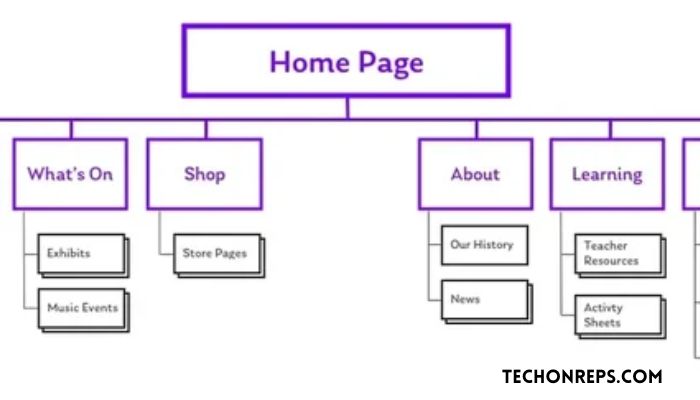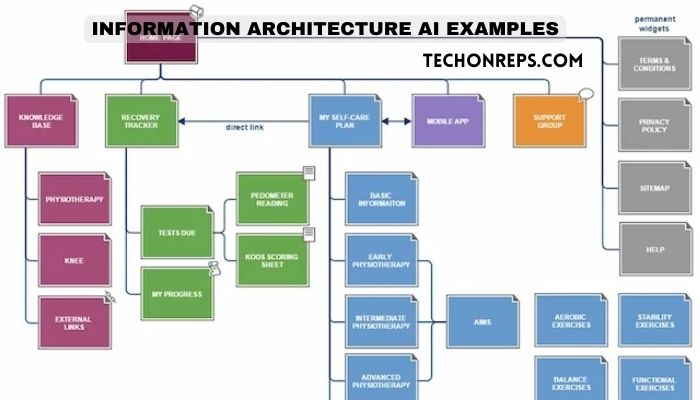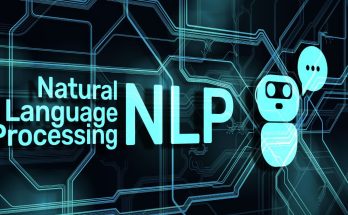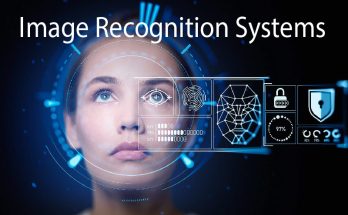Revolutionizing Information Architecture AI Examples You Need to Know
Artificial Intelligence (AI) is revolutionizing the field of information architecture, transforming the way businesses and organizations organize and present information to their users. AI-powered technologies are improving search engine accuracy and relevance, enhancing user experience and engagement through chatbots, personalizing content and recommendations, enabling human-like interactions through natural language processing (NLP), anticipating user needs and behaviors through predictive analytics, simplifying visual search and navigation with image recognition, providing intelligent assistance and support through virtual assistants, and optimizing information architecture and user flow through machine learning. It is crucial for businesses and organizations to adapt to these AI-powered technologies in order to stay competitive in today’s digital landscape.

AI-Powered Search Engines: Improving Accuracy and Relevance
AI algorithms have significantly improved the accuracy and relevance of search engine results. Traditional search engines relied on keyword matching, which often led to irrelevant or inaccurate results. However, AI-powered search engines use machine learning algorithms to understand the context and intent behind user queries, resulting in more accurate and relevant search results.
One example of an AI-powered search engine is Google’s RankBrain. RankBrain uses AI algorithms to analyze user queries and understand their intent, allowing it to provide more relevant search results. This has greatly improved the user experience by ensuring that users find the information they are looking for more quickly and easily.
It is important for businesses and organizations to optimize their website content for AI-powered search engines. This can be done by using relevant keywords, creating high-quality content that provides value to users, and ensuring that the website is structured in a way that is easily navigable by both humans and AI algorithms.
Chatbots: Enhancing User Experience and Engagement
Chatbots are another example of how AI is transforming information architecture. Chatbots use AI algorithms to provide personalized and efficient customer service. They can answer frequently asked questions, provide product recommendations, and even complete transactions.
One example of a chatbot is the customer service chatbot used by online retailer Amazon. The chatbot uses AI algorithms to understand user queries and provide relevant responses. This has greatly improved the user experience by allowing users to quickly and easily find the information they are looking for, without having to navigate through a complex website or wait for a human customer service representative.
When designing chatbots, it is important to keep user experience in mind. Chatbots should be designed to be intuitive and easy to use, with clear and concise responses. They should also be able to handle a wide range of user queries and provide accurate and relevant information.
Personalization: Customizing Content and Recommendations with AI
AI algorithms are also being used to personalize content and recommendations for users. By analyzing user data, AI algorithms can understand user preferences and interests, and tailor content and recommendations accordingly.
One example of personalized content and recommendations is the recommendation engine used by streaming service Netflix. The recommendation engine uses AI algorithms to analyze user viewing habits and preferences, and suggests movies and TV shows that the user is likely to enjoy. This has greatly improved the user experience by providing personalized content that is relevant to the user’s interests.
Collecting and analyzing user data is crucial for effective personalization. Businesses and organizations should collect data on user preferences, behaviors, and interactions with their website or application. This data can then be used to create personalized experiences that are tailored to each individual user.
Natural Language Processing: Enabling Human-Like Interactions
Natural Language Processing (NLP) is another AI-powered technology that is transforming information architecture. NLP allows for human-like interactions with technology by enabling computers to understand and respond to natural language.
One example of NLP is Apple’s Siri virtual assistant. Siri uses NLP algorithms to understand user queries and provide relevant responses. Users can ask Siri questions or give commands using natural language, and Siri will respond accordingly. This has greatly improved the user experience by allowing users to interact with technology in a more natural and intuitive way.
When designing interfaces, it is important to consider NLP in order to improve the user experience. Interfaces should be designed to understand and respond to natural language, and should provide clear and concise responses that are easy for users to understand.
Predictive Analytics: Anticipating User Needs and Behaviors
Predictive analytics use AI algorithms to anticipate user needs and behaviors. By analyzing user data, predictive analytics can identify patterns and trends, and make predictions about future user behavior.
One example of predictive analytics is the recommendation engine used by e-commerce giant Amazon. The recommendation engine uses AI algorithms to analyze user purchase history, browsing behavior, and other data points, and suggests products that the user is likely to be interested in. This has greatly improved the user experience by providing personalized recommendations that are tailored to each individual user.
Collecting and analyzing user data is crucial for effective predictive analytics. Businesses and organizations should collect data on user behaviors, preferences, and interactions with their website or application. This data can then be used to make predictions about future user behavior, and provide personalized experiences that meet the needs of each individual user.
Image Recognition: Simplifying Visual Search and Navigation
Image recognition technology is simplifying visual search and navigation by allowing users to search for information using images instead of text. AI algorithms analyze images and identify objects, people, or places within them, allowing users to find relevant information more easily.
One example of image recognition technology is Google Lens. Google Lens uses AI algorithms to analyze images taken by a smartphone camera, and provides information about the objects or places within the images. For example, users can take a picture of a landmark and Google Lens will provide information about that landmark.
It is important for businesses and organizations to optimize their website images for image recognition technology. This can be done by using descriptive file names and alt tags, and ensuring that images are of high quality and relevant to the content on the page.
Virtual Assistants: Providing Intelligent Assistance and Support
Virtual assistants use AI algorithms to provide intelligent assistance and support to users. They can answer questions, provide recommendations, complete tasks, and even engage in conversation.
One example of a virtual assistant is Microsoft’s Cortana. Cortana uses AI algorithms to understand user queries and provide relevant responses. Users can ask Cortana questions or give commands, and Cortana will respond accordingly. This has greatly improved the user experience by providing intelligent assistance and support that is tailored to each individual user.
When designing virtual assistants, it is important to consider user experience. Virtual assistants should be designed to be intuitive and easy to use, with clear and concise responses. They should also be able to handle a wide range of user queries and provide accurate and relevant information.
Machine Learning: Optimizing Information Architecture and User Flow
Machine learning uses AI algorithms to optimize information architecture and user flow. By analyzing user data, machine learning algorithms can identify patterns and trends, and make predictions about user behavior. This information can then be used to optimize the structure and layout of a website or application, improving the user experience.
One example of machine learning is the recommendation engine used by music streaming service Spotify. The recommendation engine uses machine learning algorithms to analyze user listening habits, preferences, and other data points, and suggests songs and playlists that the user is likely to enjoy. This has greatly improved the user experience by providing personalized recommendations that are tailored to each individual user.
Collecting and analyzing user data is crucial for effective machine learning. Businesses and organizations should collect data on user behaviors, preferences, and interactions with their website or application. This data can then be used to optimize information architecture and user flow, providing a seamless and intuitive user experience.
Conclusion: The Future of Information Architecture with AI
AI is transforming the field of information architecture, revolutionizing the way businesses and organizations organize and present information to their users. AI-powered technologies such as search engines, chatbots, personalization algorithms, NLP, predictive analytics, image recognition, virtual assistants, and machine learning are improving the accuracy and relevance of search results, enhancing user experience and engagement, customizing content and recommendations, enabling human-like interactions, anticipating user needs and behaviors, simplifying visual search and navigation, providing intelligent assistance and support, and optimizing information architecture and user flow.
It is crucial for businesses and organizations to adapt to these AI-powered technologies in order to stay competitive in today’s digital landscape. By embracing AI, businesses can provide a more personalized and intuitive user experience, improve customer satisfaction and engagement, and gain a competitive edge in their industry.
Looking to the future, AI is expected to continue to advance and have an even greater impact on information architecture. As AI algorithms become more sophisticated and powerful, they will be able to provide even more accurate and relevant search results, more personalized content and recommendations, more human-like interactions, and more accurate predictions about user behavior. This will further enhance the user experience and engagement, and continue to transform the field of information architecture.



